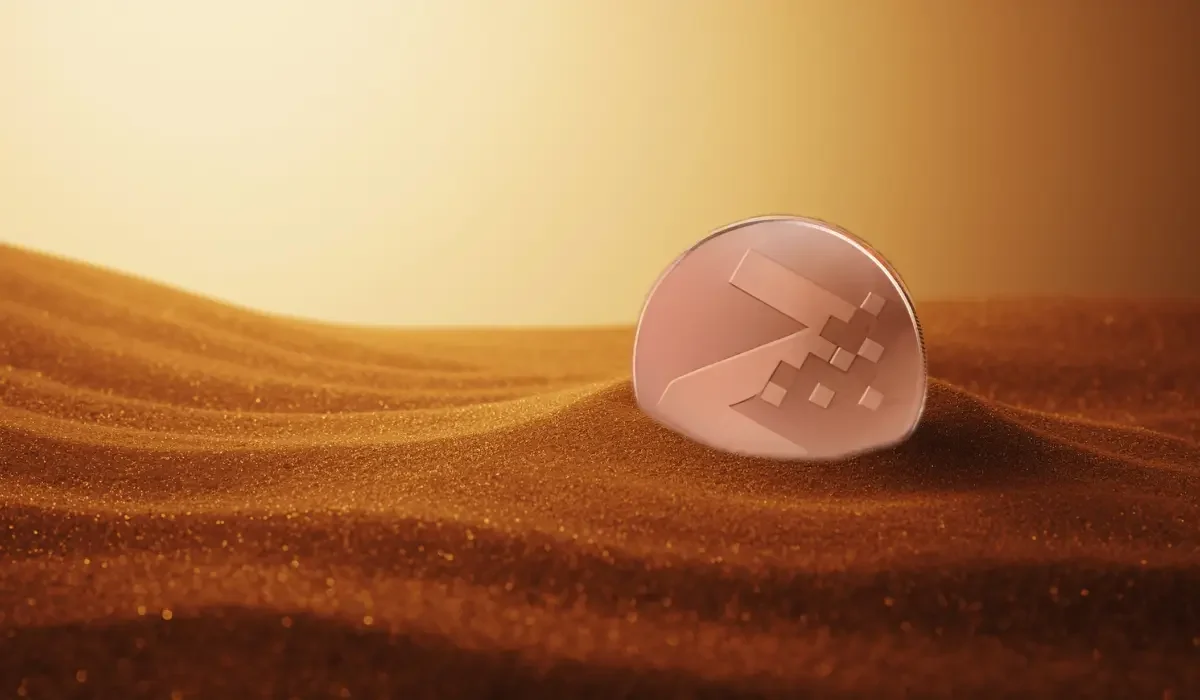UAE’s Zand Bank Wins Approval to Launch Dirham‑Backed Stablecoin

Key Takeaways
- Zand Bank’s Zand AED to become the UAE’s first regulated stablecoin backed by the Dirham.
- Zand AED could bridge traditional finance and decentralized finance, ushering in a new era.
- This initiative is seen as the UAE’s entry into the decentralized financial landscape.
Zand is a UAE-based AI-powered bank that is envisioned to support the digital economy. Zand’s latest initiative is aiming to bridge traditional finance and decentralized finance through a Dirham-backed stablecoin. This could very well be the start of a new digitized era of finance in the UAE.

In this article, we will be analyzing how Zand’s bold move will put the UAE among other players who are pushing hard and fast in the stablecoin race.
Zand Bank’s Strategic Move Toward Digital Finance
By rolling out Zand AED, UAE’s Zand Bank is taking a bold step towards bridging traditional finance with decentralized finance right at the center of the “Pearl of the Gulf”. This could rewrite the UAE’s outlook on business models and finance altogether.
The UAE is renowned for its versatile financial plans and strategies. The latest initiative puts the UAE in the race to victory over stablecoin dominance. With the globally renowned equity research firm Bernstein predicting the stablecoin market to grow by $4 trillion US dollars by 2035, it is no surprise that the UAE government is interested in taking part in this revolution.
Zand Bank plans to release the first-ever Dirham-regulated stablecoin to be used for public circulation. The move has been approved by the Central Bank of the UAE. To Zand and the UAE, this is more than a flashy technological project, as they are planning to integrate Zand AED into the financial fabric of the country as soon as the project is finalized.
Understanding the Zand AED Stablecoin
The Zand AED stablecoin is a digital asset tightly integrated with the UAE Dirham. Each coin will be backed one-to-one by the UAE Dirham reserves. These reserves, however, will not be available for public distribution; rather, they will be held in regulated reserve accounts.
The Zand Bank has ensured transparency by enabling an independent audit for the stablecoin’s smart contract. Additionally, the reserves that back up the Zand AED coins come with specific attestations as well.
The availability of Zand AED across different public blockchains ensures that businesses and developers can make full use of the asset without worrying about the time-consuming fiat regulatory frameworks.
Zand AED will be issued through Zand Trust, which is a subsidiary of Zand Bank PJSC. This trust is operating under the supervision of the Central Bank of the UAE. Zand Bank also holds a BBB+ rating from Fitch. To get such a good score from Fitch, the global credit rating enterprise, is no small matter.
All of these factors increase investor confidence in the stablecoin. The fact that the project is fueled by the government is yet another assurance when it comes to investors. This government backup could help bring in more institutional investors in the future. All of these factors collectively add value to Zand AED.
Reliable On-Chain Currency for the Future
Many analysts are predicting that stablecoins will make a boom in the coming years. With global finances shifting from the traditional SWIFT model to a faster and cheaper blockchain-based system, risky, volatile assets would be replaced by fiat-backed stablecoins.
Dependable on-chain money is a dream come true for many businesses. With countries like the UAE entering the ring with on-chain financial products, business is going to grow exponentially. This is one of the core reasons why Zand Bank was given the green flag by the UAE government to go ahead with the project.
A world where cross-border commerce can flourish without the blockages of fund transfers has long been the need of businesses. Globalization has already opened the door for a faster and wider market; the factor that couldn’t keep pace with the growth was traditional finance.
With modern iterations of on-chain stablecoins like Zand AED, this problem is solved, giving global commerce the push it deserves.
Conclusion
Zand Bank’s initiative is not a tech stunt. It has deep financial roots within the heart of the UAE’s business ecosystem. The Zand AED could break records as a stablecoin backed by the government and developed for the public.
We will have to patiently wait for the latest updates regarding the launch of Zand AED. For the time being, it has become obvious that this stablecoin is going to make serious changes in the way the UAE’s fintech sector operates.
Crypto & Blockchain Expert





